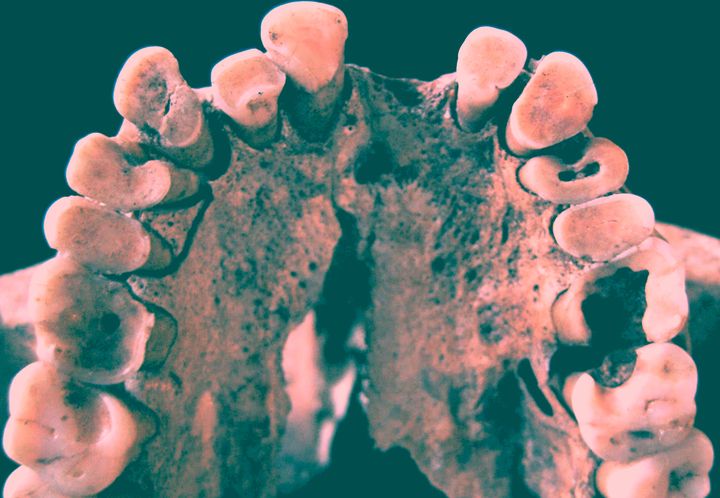
Tooth enamel, as it forms, makes use of elements from the food, dust, and water. This means that teeth can tell researchers stories about the habitats of long deceased individuals. Researchers in the Indus Valley are using 4,000-year-old teeth to gain insights about the original residents of what is today's Punjab Province, Pakistan.The primary indicator of these migratory founders is derived from their molars. The early molars are composed of significantly different material than the latter molars. One reason the analysis of teeth is such an important way to discern the history of this region is because the ancient texts of the Ancient Indus Valley Civilization are still undeciphered (another HeroX challenge? Anybody?)
Anthropologist Benjamin Valentine and his team were able to analyze these teeth by determining the effects of water, fauna, and rocks on the isotope ratios of lead and strontium within the specimens. This study, was one of the first to take “snapshots” of dental records defining different stages of the individual’s life. This particular study is interesting because it counters the long-held belief that residents of Harappa were typically born in that city. The burials, after all, were consistent with those of the area. But, the dental records have shown that some people buried in the fashion of a Harappa native were actually transplants from the region’s hinterlands. This would mean that Harappa was a much more ethnically diverse civilization that originally theorized (if only someone could decipher those texts!)
The critically important information brought to light by analyzing teeth provide insight into the life history of past people, and underscore the role of interdisciplinary approaches in painting an accurate picture of history.
Teeth are important to health, history, and of course -- a winning smile. Don't forget we've got our own Toothfairy Challenge taking place right now!








